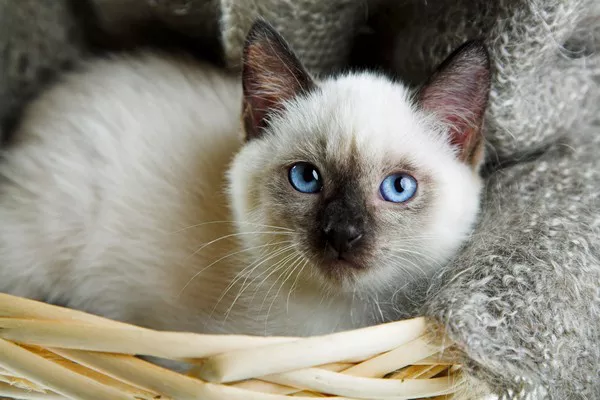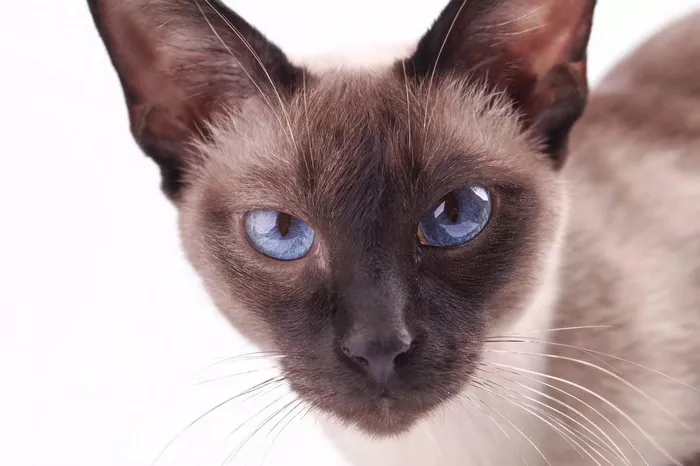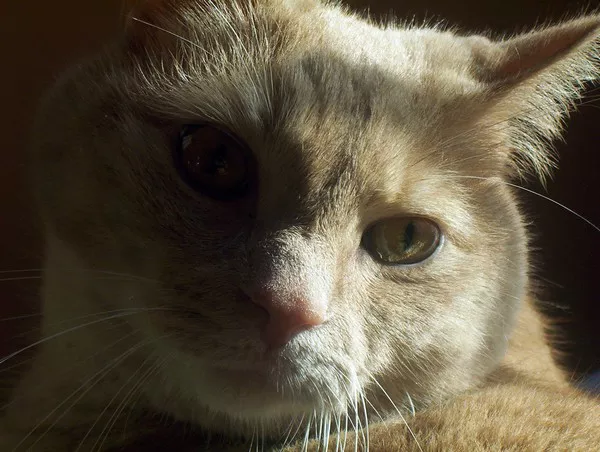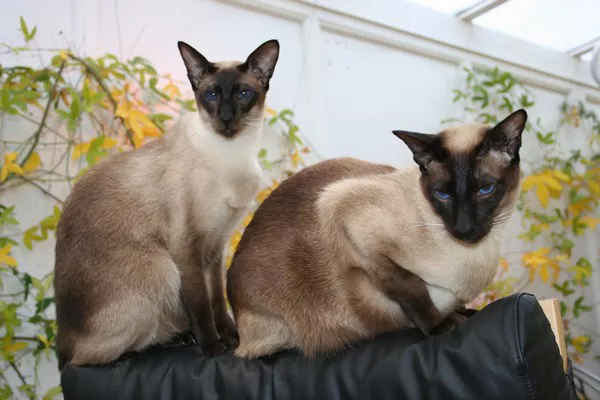Siamese cats are beloved for their striking appearance, vibrant personalities, and affectionate nature. However, one common issue that Siamese cat owners may encounter is excessive shedding. While shedding is a natural process for all cats, Siamese cats may shed more than others due to various factors. In this comprehensive guide, we explore the reasons behind why Siamese cats shed so much and provide grooming tips to help manage shedding effectively.
The Siamese Cat: Characteristics and Coat
Before delving into the causes of shedding in Siamese cats, it’s essential to understand the breed’s characteristics and coat:
Siamese cats are known for their sleek, short-haired coats and distinctive coloration, characterized by dark “points” on their ears, face, paws, and tail, contrasting with a lighter body color. Their coats are fine, close-lying, and low-maintenance compared to some other long-haired breeds.
Despite their short coats, Siamese cats are not immune to shedding, and some individuals may shed more than others due to a variety of factors, including genetics, health, and environmental conditions.
Causes of Excessive Shedding in Siamese Cats
While shedding is a natural process for all cats, excessive shedding in Siamese cats may be attributed to several factors:
Seasonal Changes:
Like many other animals, cats, including Siamese cats, may shed more during seasonal changes, particularly in the spring and fall when they transition between winter and summer coats. This shedding is part of the natural process of hair growth and renewal, allowing cats to adapt to changing temperatures and daylight hours.
Genetics:
Genetics play a significant role in determining a cat’s shedding patterns and coat quality. Siamese cats may inherit genes that predispose them to shed more than other breeds, especially if they have mixed ancestry or come from lines with a history of excessive shedding.
Health Issues:
Underlying health issues can also contribute to excessive shedding in Siamese cats. Conditions such as allergies, skin infections, hormonal imbalances, and dietary deficiencies can affect the health of a cat’s skin and coat, leading to increased shedding. It’s essential to consult with a veterinarian if you suspect that your Siamese cat’s shedding is due to a health issue.
Stress and Anxiety:
Stress and anxiety can manifest in various ways in cats, including excessive grooming and shedding. Changes in the household environment, such as moving to a new home, introducing new pets, or experiencing disruptions in routine, can trigger stress in Siamese cats and contribute to increased shedding.
Poor Grooming Habits:
Inadequate grooming can exacerbate shedding in Siamese cats. Cats rely on grooming to remove loose fur and distribute natural oils throughout their coats, promoting healthy skin and reducing shedding. If a Siamese cat does not receive regular grooming or has difficulty grooming themselves due to mobility issues or obesity, it can lead to matting, tangling, and increased shedding.
Grooming Tips to Manage Shedding in Siamese Cats
While shedding is a natural process, there are several grooming tips and techniques that Siamese cat owners can use to manage shedding effectively and promote a healthy coat:
Regular Brushing:
Brushing your Siamese cat’s coat regularly is one of the most effective ways to manage shedding. Use a soft-bristle brush or grooming mitt to gently remove loose fur and prevent it from accumulating on your cat’s coat and around your home. Aim to brush your Siamese cat at least once or twice a week, or more frequently during peak shedding seasons.
Healthy Diet:
A balanced diet rich in essential nutrients, vitamins, and minerals is crucial for maintaining a healthy coat and reducing shedding in Siamese cats. Choose high-quality cat food formulated to meet the nutritional needs of cats, and avoid overfeeding or feeding excessive treats, which can lead to obesity and poor coat condition.
Regular Veterinary Check-ups:
Schedule regular veterinary check-ups for your Siamese cat to monitor their overall health and address any underlying issues that may contribute to excessive shedding. Your veterinarian can recommend appropriate dietary supplements, medications, or treatments to support your cat’s skin and coat health.
Stress Management:
Minimize stress and anxiety in your Siamese cat by providing a calm and stable environment, maintaining consistent routines, and offering plenty of opportunities for mental stimulation and physical exercise. Provide hiding spots, vertical spaces, and interactive toys to help alleviate boredom and reduce stress-related shedding.
Supplements:
Consider adding supplements such as omega-3 fatty acids or fish oil to your Siamese cat’s diet to support skin and coat health. These supplements can help reduce inflammation, improve skin hydration, and minimize shedding in cats with dry or irritated skin.
Environmental Control:
Maintain a clean and hygienic environment for your Siamese cat by regularly vacuuming and dusting your home to remove loose fur and dander. Wash your cat’s bedding and grooming tools regularly to prevent the buildup of hair and debris. Additionally, consider using air purifiers or humidifiers to improve air quality and reduce allergens that may contribute to shedding.
Conclusion: Managing Shedding in Siamese Cats
In conclusion, shedding is a natural process for Siamese cats, but excessive shedding may indicate underlying health issues, stress, or poor grooming habits. By understanding the causes of shedding and implementing effective grooming techniques and lifestyle adjustments, Siamese cat owners can help manage shedding and promote a healthy coat for their beloved feline companions.
Regular brushing, a balanced diet, regular veterinary check-ups, stress management, and environmental control are key strategies for managing shedding in Siamese cats. By incorporating these grooming tips into your Siamese cat’s care routine, you can minimize shedding, reduce fur-related allergies, and ensure that your cat’s coat remains sleek, shiny, and healthy for years to come.

























